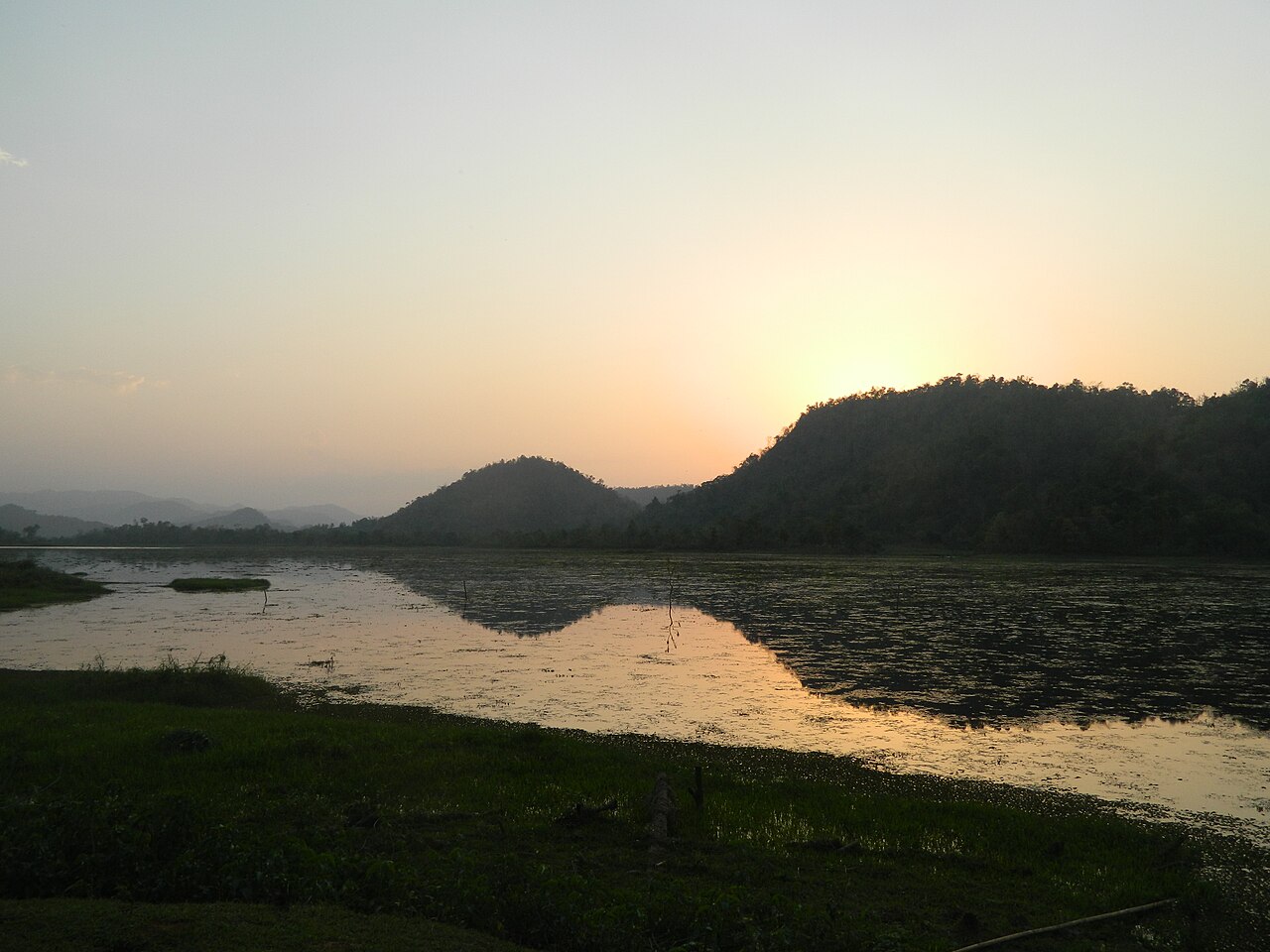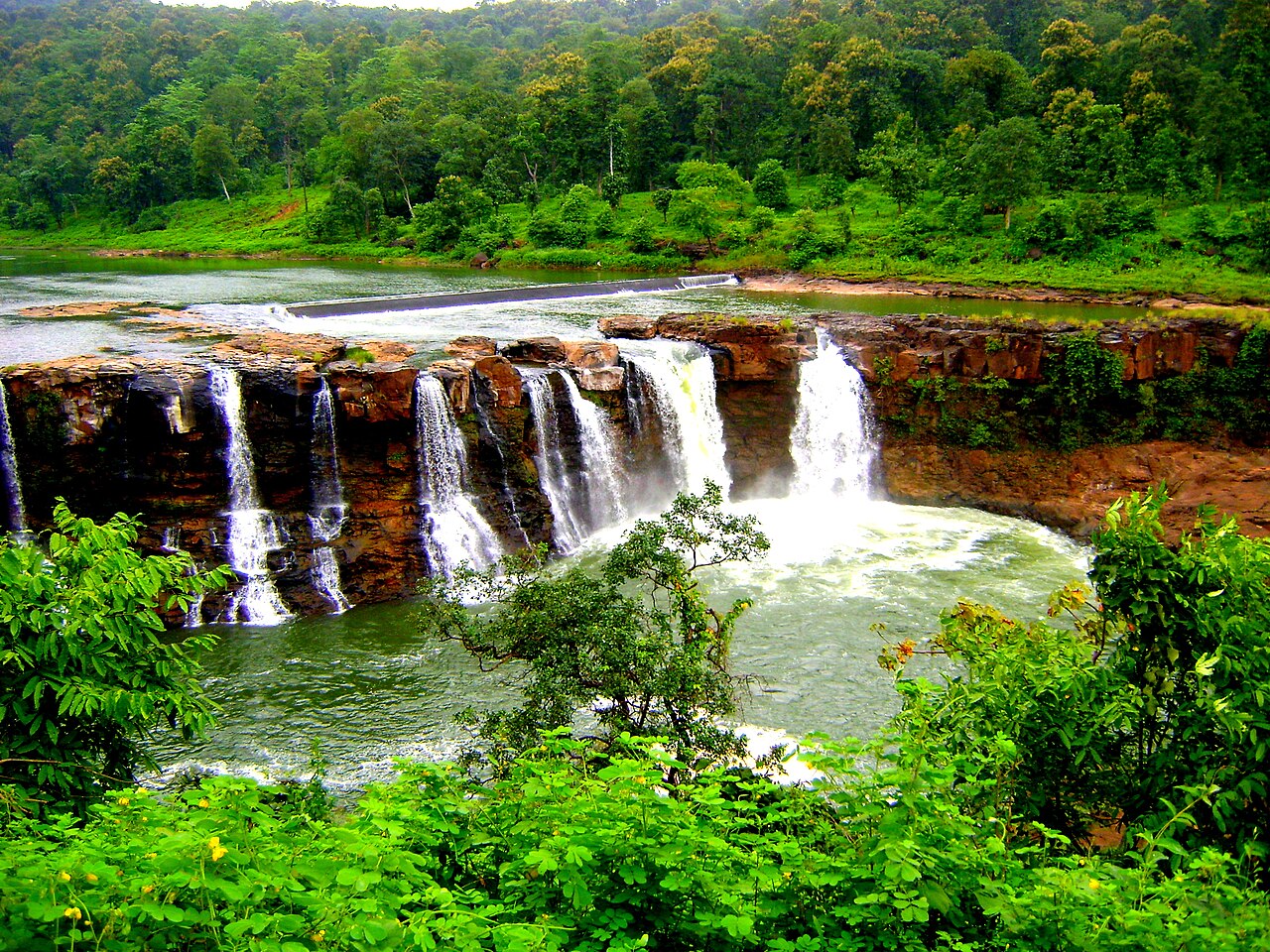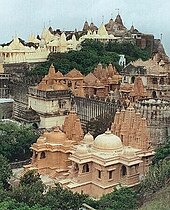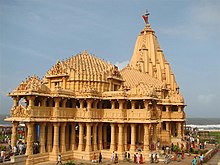
BIHAR in eastern India is one of the oldest inhabited places in the world with a history going back 3000 years. The rich culture and heritage of Bihar is evident from the innumerable ancient monuments that are dotted all over the state. Bihar is home to many tourist attractions and is visited by large numbers of tourists from all over the world. Around total 6 million tourists visit Bihar every year.
Mahabodhi temple
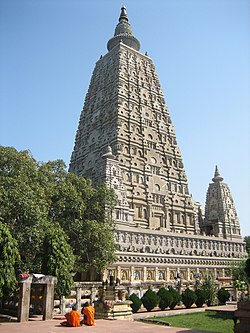
A Buddhist shrine and UNESCO World Heritage Site, is situated in Bihar
History of tourism
The documented history of tourism in Bihar region dates back to the 4th century BCE. Greek geographer Megasthenes (c. 350–290 BC) visited the region in reign of Chandragupta Maurya. His observations were recorded in Indika. Dionysius was son of Megasthenes, who visited Pataliputra in reign of Ashoka. Hsuan-Tsang and I Ching visited Nalanda to study in the 7th century. Educational tourism as Bihar was home of some prominent ancient universities like Nalanda and Vikramashila.
Pilgrimages
Bihar one of the most sacred place of various religions like Hinduism, Buddhism, Jainism, Sikhism & Islam, Many tourist travel to Bihar to visit their pilgrimage.
Mahabodhi Temple, a Buddhist shrine and UNESCO World Heritage Site, is also situated in Bihar. Mahatma Gandhi Setu, Patna, is one of the longest bridge in the world.
Bihar one of the most sacred place of various religions like Hinduism, Buddhism, Jainism, Sikhism & Islam, Many tourist travel to Bihar to visit their pilgrimage.
Mahabodhi Temple, a Buddhist shrine and UNESCO World Heritage Site, is also situated in Bihar. Mahatma Gandhi Setu, Patna, is one of the longest bridge in the world.
Hindu pilgrimages
Mahavir Mandir
Sitamarhi
Madhubani
Punausa
Buxar
West Champaran
Munger
Jamui
Maa Tara chandi Temple
Sasaram
Darbhanga
Anga
Patna
Gaya
Deo
Aurangabad
Bhabua
Thawe mandir
indradamaneshwar mahadev mandir , Balgudar , Lakhisarai
Sikh pilgrimages
The capital of Bihar, Patna is one of the holiest city in Sikhism, as The tenth Guru of the Sikhs Guru Gobind Singh was born here in 1666 and spent his early years before moving to Anandpur. Patna was also honoured by visits from Guru Nanak in 1509 as well as Guru Tegh Bahadur in 1666.
 |
| A view of Takht Shri Harmandir Saheb |
Takht Shri Harmandir Saheb - is, one of the Five Takhts of the Sikhism. The Gurdwara at Patna Sahib is in remembrance of the birthplace of Guru Gobind Singh, The tenth Guru of the Sikhs.
Gurdwara Pahila Bara - commonly known as Gurdwara Ghai Ghat, is dedicated to Guru Nanak Dev, who during his visit in to Patna stayed here in 1509 and later by Guru Tegh Bahadur along with his family visited this place in 1666.
Gurdwara Gobind Ghat - is where the child Guru Gobind Singh used to play with his playmates on the bank of the Ganges. It is situated on the bank of river Ganges and hardly 200 yards from Takht Shri Harmandir Saheb. It is also known as Gurdwara Kangan Ghat.
Gurdwara Guru ka Bagh - This Gurdwara is situated 2 miles far from the birthplace of Guru Gobind Singh.
Gurdwara Bal Leela - This place is just few meters away from Takhat Patna Sahib. Guru ji were playing with other children during his childhoodied Gurdwara Bal Leela is also known as Maini Sangat.
Gurdwara Handi Sahib - This Gurdwara was built in the memory of Guru Teg Bahadur as Guru Teg Bahadur with Mata Gujri and Bala Preetam stayed here in 1728.
Gurdwara Taksali Sangat
Gurdwara Chacha Phaggu Mal
Gurdwara Pakki Sangat
Gurdwara Bari Sangat Sri Guru Tegh Bahadur Ji Chauki.
Rajplace Rajnagar madhubani
Buddhism pilgrimages
Mahabodhi Temple, Bodh Gaya
Vaishali
Nalanda
Rajgir
Kesariya
Vikramashila
Areraj
Pataliputra
Islamic pilgrimages
Sasaram
Maner Sharif
Bihar Sharif
Phulwari Sharif
Gaya
Aurangabad
Siwan
Katihar
Bhagalpur
Darbhanga
Purnia
Jain pilgrimages

Jal Mandir at Pawapuri
Rajgir - Rajgir is supposed to be the birthplace of Munisuvrata, the twentieth Tirthankara
Pawapuri - Bhagwan Mahavira, the last Jain Tirthankar, attained Nirvana from Pawapuri.
Pataliputra
Arrah
Vikramashila
Vaishali
Champapur - Champapur is a Jain Teerth Kshetra. It is the place where all the five kalyanaks of Bhagwan Vasupujya have taken place. The tallest statue of Bhagwan Vasupujya which stands 31 Feet in height was built in Champapur in 2014. The Panch Kalyanak Pratishtha Mahotsav of the statue was done from 27 Feb to 3 Mar 2014.
Other pilgrimages
Padri Ki Haveli
Hawa Mahal
Science museums
Patna Planetarium - is one of the largest planetariums in Asia. The Patna Planetarium was dedicated to the Nation and opened for the public from April 1, 1993.
Srikrishna Science Centre - This institution forms a unit of the National Council of Science Museums, an autonoums body under the ministry of Culture. It is located at south-western corner of the Gandhi Maidan.
Eco Center
Karkat Waterfall
Valmiki National Park
Vikramshila Gangetic Dolphin Sanctuary
Kanwar Lake Bird Sanctuary
Bhimbandh Wildlife Sanctuary
Manjhar kund
Dhuan Kund
Sanjay Gandhi Jaivik Udyan - is classified as one of the 16 large zoos in the country and is also known as Patna Zoo. This is situated on Bailey Road in Patna.
Kakolat Waterfall
Telhar Waterfall
Karkat Waterfall
 |
| Karkat Waterfall |
Connectivity and access
Bihar is also an important transit point of Bihar for the tourists dropping in from the other states of India. Bihar is well-connected by air, rail and road transport.
By air
Patna has its own airport known as Lok Nayak Jayaprakash Airport or Airport Patna. It is a national airport and it is connected to all major cities of India via daily flights. Gaya Airport is the only international airport in Bihar and Jharkhand which is 96 km from Patna. It is an international airport which is connected to Colombo, Sri Lanka through two airline operators: Bangkok, Thailand, Singapore, and Bhutan.
By rail
Bihar is strategically located in the main line of the East Central Railway and therefore connected with important cities of India and most cities within Bihar.
By road
The cities of Bihar are well connected by public transport including both private and government transport. The cities are interconnected as well as connected with the capital. The roadways also connected to adjacent states and regular bus service is available for different cities of adjacent states like Jharkhand, West Bengal, Uttar Pradesh. The roadways also connects to Nepal. To boost the state roadways, the state government have introduced Mercedes Benz luxury buses. The Mercedes luxury buses, 92 in number, ply between 17 routes including Patna, Bhagalpur, Gaya, Ranchi and Jamshedpur.




